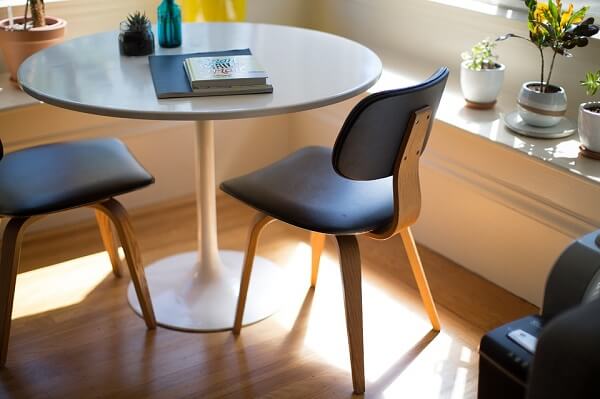
Having an indoor garden is a great way to give the house a lively, and refreshing atmosphere. There is a variety of indoor plants out there that you can pick. If you have been considering having some indoor plants, the following tips will help you keep them healthy.
1. Find the Right Plant
The process of keeping the plant healthy starts way before you can bring it home. You should not start the process with a brown thumb. Make sure that you find a plant that has been designed for indoor gardening. This means finding a plant that requires little to no maintenance at all.
According to https://www.cannabisworld.biz, some of the plants to consider will include Chinese evergreens and small pine trees. These are plants that will easily fit into your busy lifestyle, and also provide your home with some much-needed décor.
2. Find the Plant a Home
Once you have selected your desired plant and brought it home, you need to find it a good and permanent spot. According to indoor gardening experts, you can shock the plant if you move it too much. Plants, just like pets tend to acclimate to specific environments. This means that you can easily upset the plant’s balance when you subject it to varying temperatures, and lighting environments.
3. Let in the Light
Although all plants are different, the one thing that is common between them is the fact that they all require light. You can make inquiries from your local nursery on the total amount of light that you will need for each plant.
Some plants are considered ideal for indoor gardening due to the fact that they can thrive in low lighting conditions. For instance, succulent plants tend to do very well in environments with low lights. Be sure to check the lighting requirements for each plant before bringing it home.
4. Prune the Plant
This is an important part of maintaining your indoor garden. According to about.com, you should always prune your plant at the beginning of each growth season. Alternatively, you can also choose to prune the plants at the end of their flowering season.
Many people will normally have the best of intentions when starting an indoor garden. But with time, many plants are left on the shelf to collect dust, with their owners having forgotten about them. Ensure you visit the plant at least once or twice each week. Apart from watering it, this will also enable you to pay attention to its growth patterns, making it easy to know when you need to start pruning.
5. Add Water
Watering is another important aspect of indoor gardening. It is, however, important to establish a watering routine, as your watering habits can also cause harm to the plant. Use the following tips to establish whether your plants are under or over watered:
- Limp Leaves. It is an indication that you are either over or under watering the plants. Both watering patterns will cause the plant’s leaves to become brown. However, under watered plants tend to have leaves that are crispy.
- Dry Soil. This is one of the most common symptoms of under watering. You need to touch the soil a few times each week to determine whether its water levels are precise.
- Root Rot. It typically occurs when the plants are over-watered. Over-watering the plants will cause fungus to start developing around the roots due to the presence of damp conditions.
Grow Lights for Indoor Gardening
When looking for grow lights, you will come across lights that have been labeled with different numbers, e.g., 4000k or 2700k. The numbers refer to their lights relative coolness or warmth on the color scale. A high number means that the light is very cool.
Indoor gardening experts state that foliage growth is considered best when the growth light has a color spectrum of around 6500k. However, there are plants that will need an extended period of warm light (at least 3000k) for them to be able to produce flowers.
How Lighting Is Important for Indoor Gardening
With the right lighting, it is possible to grow any kind of plant indoors. The one thing you need to know is the level of lighting required by each plant for it to grow successfully. For instance, ferns and houseplants do not require a lot of light compared to culinary herbs and salad greens. Flowering plants, orchids, and tomatoes require high intensity light compared to others.
The most common mistake made by indoor growers is failure to provide their plants with sufficient light. Often, this is because the growers tend to cover a very large space with the available light. As an indoor grower, you need to keep in mind that a small area that has been provided with adequate light will provide better results compared to a bigger one without adequate light.
Conclusion
If the purpose of starting an indoor garden is to produce root crops, leafy green vegetables, and seedlings, you need high spectrum growth lights. Additionally, if you intend to grow any fruiting plant (lemons, peppers, tomatoes, cucumbers, etc.), marijuana or flowers, you will also need to make use of low spectrum bulbs.




